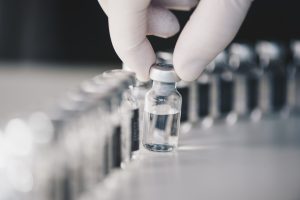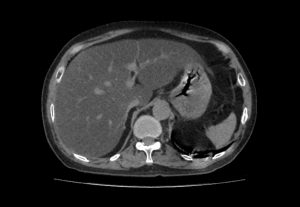A new study from MPH student Isabel Inez Curro and colleagues investigated the impact of neighborhood social cohesion and neighborhood rodent sightings on mental health during the COVID-19 pandemic.
Common mental disorders such as depression and anxiety are prevalent globally, and rates are especially high in New York City (NYC) since the COVID-19 pandemic. Neighborhood social and physical environments have been found to influence mental health.
To understand how social cohesion and rodent sightings (as a proxy for neighborhood cleanliness) affect mental health, the researchers used 2020 NYC Community Health Survey data from 8781 residents and examined the individual and combined effects of neighborhood social cohesion and neighborhood rodent sightings on nonspecific serious psychological distress (NSPD) status.
Multivariable logistic regression was used to evaluate the relationships among social cohesion, rodent sightings, and NSPD adjusted for confounders and complex sampling and weighted to the NYC population. Social cohesion was found to decrease the odds of NSPD, and rodent sightings were found to increase the odds of NSPD. Evidence of effect measure modification on the multiplicative scale of rodent sightings on the association between social cohesion and NSPD was found. Stratified models showed that there was a protective effect of social cohesion against NSPD among those not reporting rodent sightings, but no effect among those reporting rodent sightings, indicating that sighting rodents on the street where one lives may prevent the protective effect of social cohesion against NSPD. One possible explanation for this interactive effect is that neighborhood dirtiness/disorder may prevent social cohesion from developing in the first place – i.e., community members may not wish to spend time in or engage with a community that they view as dirty, disordered, or unsafe.
It is important to note that the data used for this study was collected during 2020 – in the height of the COVID-19 pandemic. During this time, social cohesion may have been negatively impacted by social distancing policies, NYC’s sanitation budget was cut, leading to less street cleanings, less trash pickups, and more rat complaints, and mental health was challenged in new ways for many. This created a unique environment to study the relationships between these variables.
The findings suggest the importance of both social and physical neighborhood environments on mental health. Interventions to improve mental health through increasing neighborhood social cohesion should go hand in hand with continued efforts to improve the cleanliness of neighborhoods; and in the event of future disease outbreaks, if sanitation budget cuts occur, the impact of neighborhood cleanliness on mental health should be considered.
“Our findings call out the importance of both social and physical neighborhood environment on mental health,” says Curro. “The implications could go beyond just rodents or pest infestations in general, adding towards the idea that our built environment has an impact on our wellbeing.”



